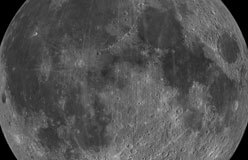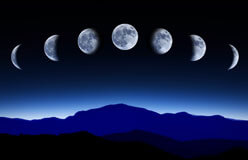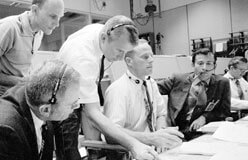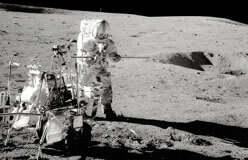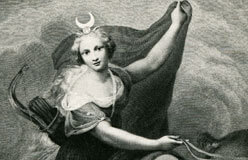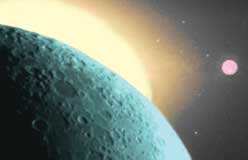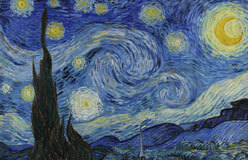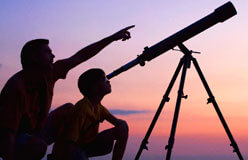Space exploration became a reality on October 4, 1957.
That was when the Soviet Union launched the first man-made satellite into orbit around Earth. It was called Sputnik I, and it was the size of a basketball. This feat made the United States determined to beat the Soviets in the race to explore space.
On May 25, 1961, President John F. Kennedy made an important announcement. The U.S. had set the dramatic and ambitious goal of sending an American to the Moon before the end of the decade. The program was called Project Apollo, after the Roman and Greek god of sunlight. According to legend, he drove a brilliant golden chariot across the sky.
